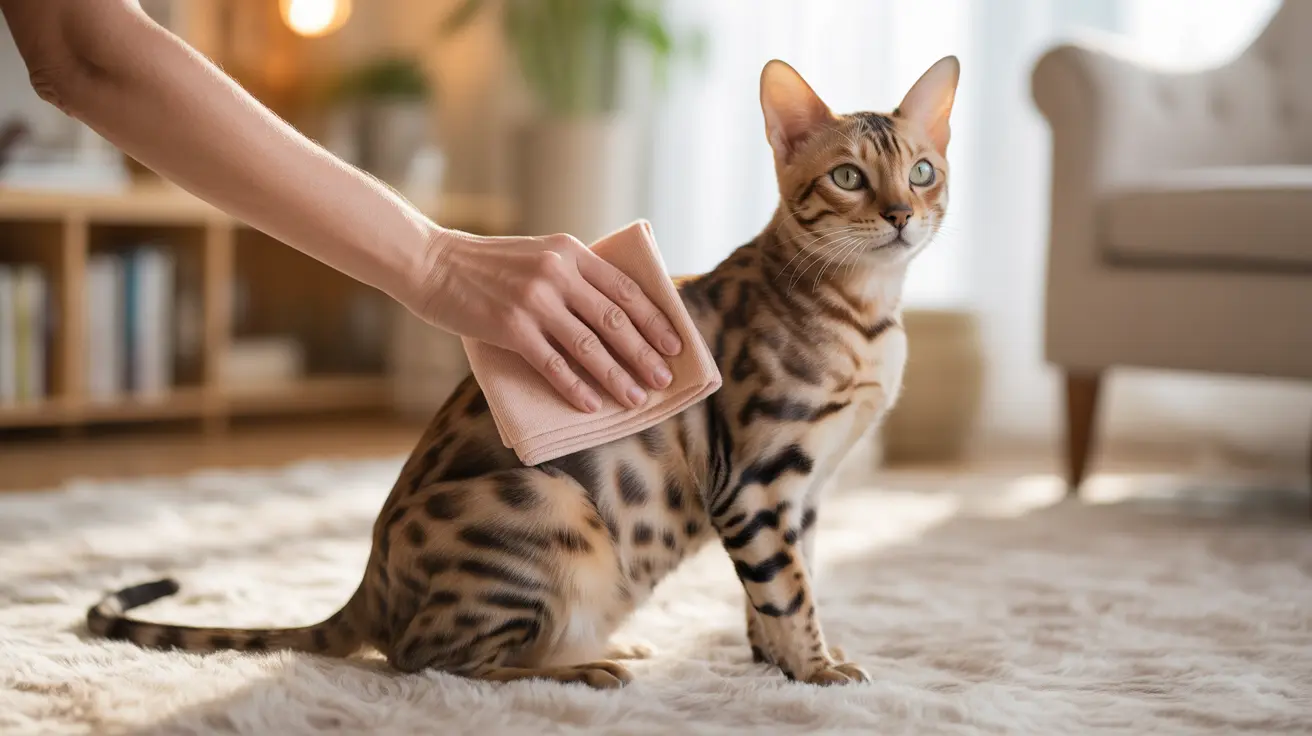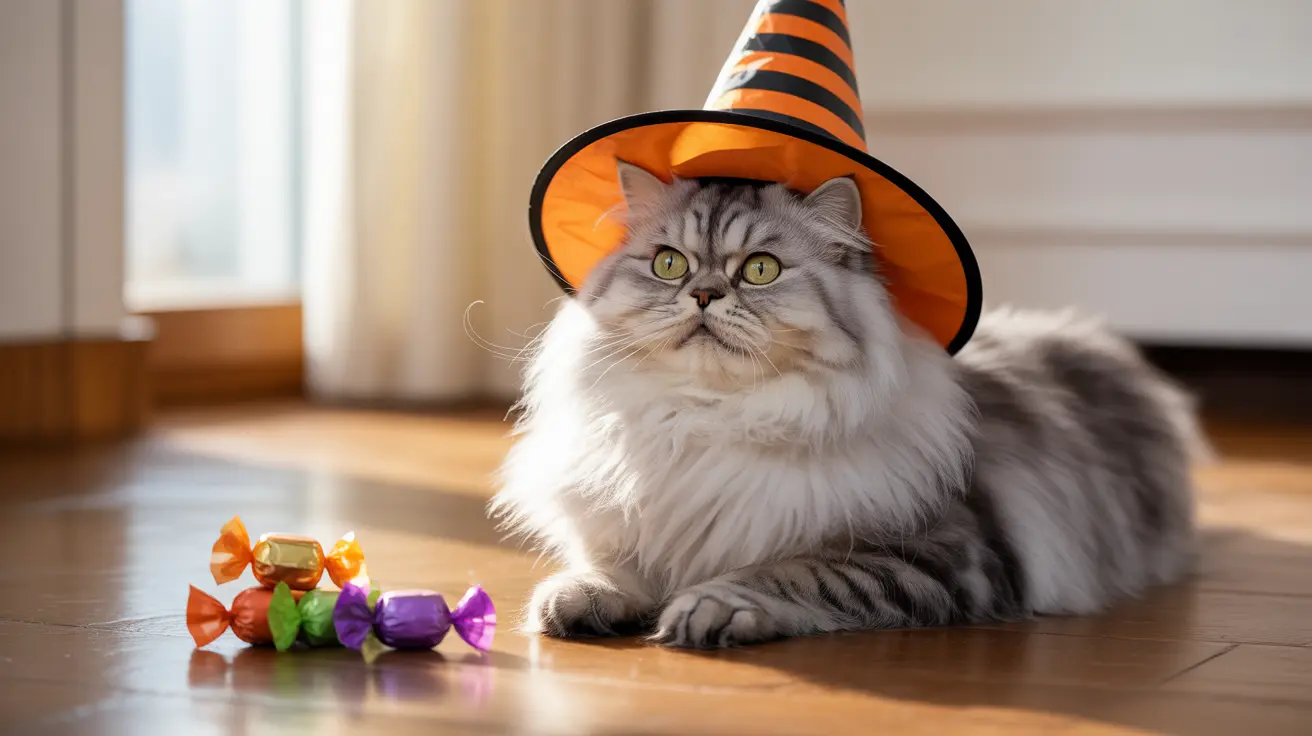As more pet owners seek alternatives to chemical treatments, natural flea remedies for cats have gained significant attention. While not all natural solutions are created equal, certain home treatments can effectively help manage and prevent flea infestations when used correctly. This comprehensive guide explores safe, proven natural methods to protect your feline friend from fleas.
Understanding which natural treatments work—and which could harm your cat—is crucial for successful flea management. Let's dive into the most effective natural solutions while highlighting important safety considerations every cat owner should know.
Safe and Effective Natural Flea Solutions
Apple Cider Vinegar Treatment
Apple cider vinegar stands out as one of the safer natural flea deterrents for cats. Mix equal parts water and apple cider vinegar in a spray bottle, then apply it to your cat's coat using a soft cloth or gentle spritz, avoiding their face and any broken skin. While this solution won't kill fleas, it creates an environment they'd rather avoid.
Remember that some cats may not appreciate the vinegar smell, so introduce this treatment gradually and watch for any adverse reactions.
The Power of Regular Grooming
A fine-toothed flea comb remains one of the most effective natural weapons against fleas. Daily combing not only removes adult fleas and their eggs but also helps you monitor your cat's flea situation. Keep a bowl of warm, soapy water nearby to drown any fleas you catch.
Environmental Control Strategies
Home Cleaning Protocol
Successful natural flea control extends beyond your cat to their environment. Vacuum thoroughly every few days, especially in areas where your cat spends time. Wash all pet bedding in hot water weekly, and consider using food-grade diatomaceous earth in carpeted areas (away from your cat) to naturally dehydrate flea larvae.
Natural Deterrents for Living Spaces
Create a flea-resistant environment by regularly cleaning and maintaining your home. Focus on dark, humid areas where fleas typically breed, and ensure proper ventilation throughout your living space.
What to Avoid in Natural Flea Treatment
Despite their popularity online, several "natural" remedies can be dangerous for cats. Never use essential oils, garlic, or citrus-based treatments, as these can be toxic to cats. Additionally, avoid using dog flea treatments on cats, as these often contain permethrin, which can be lethal to felines.
When to Seek Professional Help
While natural treatments can help with minor flea problems, severe infestations may require veterinary intervention. If your cat shows signs of excessive scratching, hair loss, or skin irritation, consult your veterinarian for appropriate treatment options.
Frequently Asked Questions
What are the safest and most effective natural flea treatments for cats?
The safest natural flea treatments include regular flea combing, apple cider vinegar solution (diluted 1:1 with water), and thorough environmental cleaning through vacuuming and washing pet bedding in hot water.
Can apple cider vinegar really help repel fleas on my cat, and how should I use it?
Yes, apple cider vinegar can help repel fleas when properly diluted. Mix equal parts water and apple cider vinegar, apply with a cloth or spray bottle, avoiding the face and any broken skin. While not a complete solution, it can be part of an effective flea management strategy.
Are essential oils safe to use on cats for flea prevention?
No, essential oils are generally not safe for cats. Cats lack certain liver enzymes needed to process these oils, making them potentially toxic even in small amounts. Avoid using essential oils for flea treatment on or around cats.
How important is environmental cleaning in controlling fleas naturally for cats?
Environmental cleaning is crucial for natural flea control. Regular vacuuming removes up to 90% of flea eggs and larvae, while washing pet bedding in hot water eliminates remaining fleas at all life stages. This should be done at least weekly for effective control.
Which natural flea treatments or home remedies should I avoid because they are toxic to cats?
Avoid using essential oils, garlic, citrus oils, tea tree oil, and any dog flea treatments containing permethrin. These substances can be toxic or fatal to cats. Also avoid using borax, salt, or undiluted vinegar directly on your cat's skin.
Natural flea treatment requires patience and consistency, but with the right approach, you can effectively manage fleas while keeping your cat safe. Remember to always consult with your veterinarian before starting any new treatment regimen, natural or otherwise.






